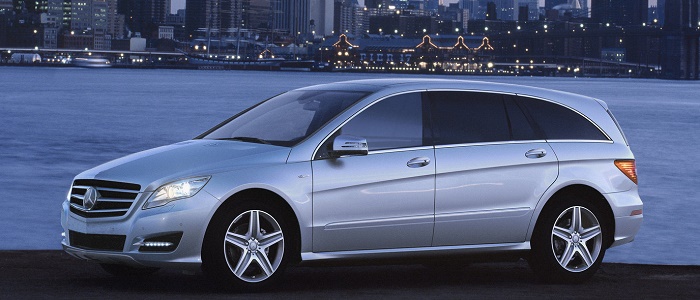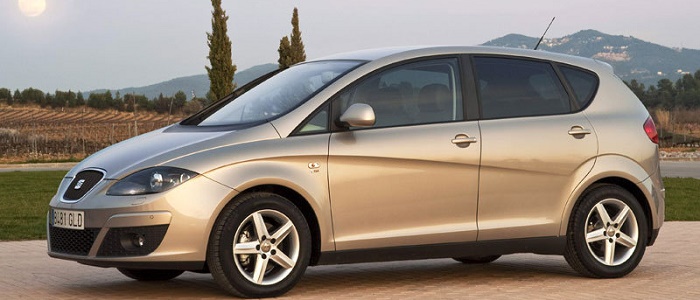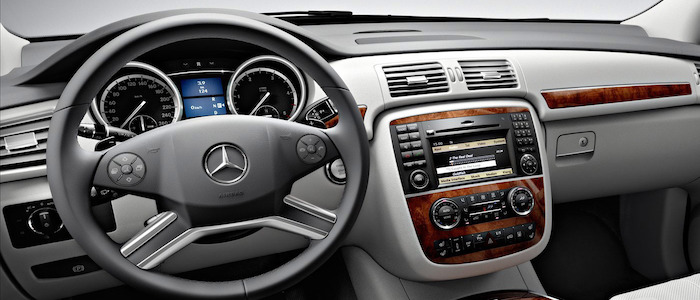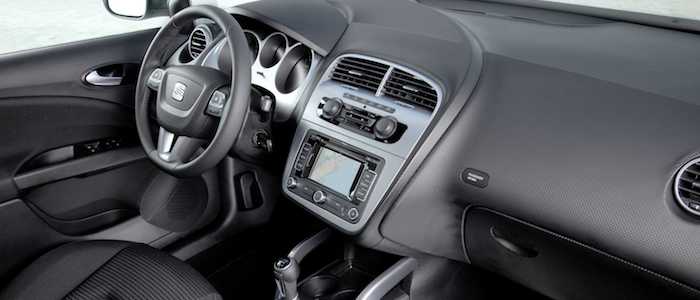Compare two cars
Compare any two cars and get our Virtual Adviser™ opinion
Marketing
Dimensons & Outlines
Engine
3.0 OM642 DE30 LA LP
Performance (manual gearbox)
Performance (automatic gearbox)
Expenses
Virtual Adviser's™ opinion
Two significantly similar cars, no doubt about that. Still, each one has something different to offer. Having both cars powered by diesel engines and utilizing the 5-door MPV body style within the same 'MPV' segment, the only major difference here really is their wheel drive configuration (4 x 4 for the Mercedes Benz and front in the case of the Seat). The first one has a Mercedes Benz-engineered powertrain under the hood, a 6-cylinder, 24-valves 211hp unit, while the other one gets its power and torque from a 4-cylinder, 16-valves 170hp engine designed by Volkswagen.
SafetyThe fact that the Seat got tested by the European New Car Assessment Programme (Euro NCAP), while the other contender didn't, puts it sky-high safety-wise, in my eyes at least. That aside, let's consider some other aspects which affect safety. Both vehicles belong to the mpv segment, which is generally a good thing safety-wise, but it doesn't do much to help us decide between the two. Furthermore, if we'd like to consider vehicle mass in this context too, which we definitely should, the German car offers a self-explainatory difference of 59% more metal.
ReliabilityManufacturers have been building their reliability reputation for decades now and, generally speaking, it appears that Seat does have a slight advantage, all the models observed together. These are the results of an independent reasearch, while our visitors describe reliability of Mercedes Benz, as well as Seat, with the same average rating of 4.4 out of 5. Unfortunatelly, I don't have enough insight that would allow me to comment in more details on the specific models level. Above it all, drivers of cars with the same engine as the German car rank it on average as 3.0, while the one under the competitor's bonnet gets 4.2 out of 5.
Performance & Fuel economySeat is a bit more agile, reaching 100km/h in 0.4 seconds less than its competitor. Still, it lacks the power to win the top speed competition, topping at 211 kilometers per hour, 9km/h less than the other car. When it comes to fuel economy an obvious choice would be the Spanish car, averaging around 5.6 liters of fuel per 100 kilometers (50 mpg), in combined cycle. That's 50% difference compared to the German car!
Verdict
Seat appears just a bit more reliable, although the difference is truly marginal. The most important thing when deciding between any two vehicles should always be safety, both passive and active. In my opinion, everything taken into account, the Spanish car offers significantly better overall protection, taking the lead here. It all continues in the same direction, with Seat offering somewhat better performance, just enough to call it quicker. To make things even better, it consumps less fuel! All together, there's not much more to say, in this case I wouldn't even consider anything but Seat. In any case that's my personal view, built upon all the data available to me. What should decide here though is the way you feel about the two vehicles, and I hope you'll find my guidelines useful in the process. Also, you could use the oportunity to find out which car, everything taken into account, would be the perfect choice for you in the eyes of the virtual adviser™, out of 12.000+ vehicles we currently have in our database.




































